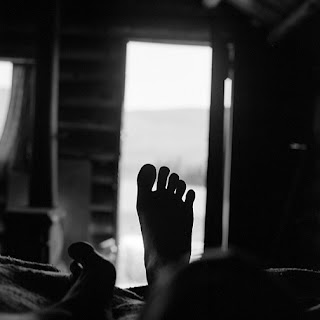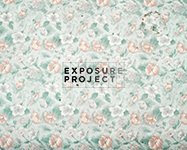I received an e-mail from
Jimi Billingsley the other day who's project
Anyone's Elvis I quite enjoy. The work explores the ways in which people identify or express themselves through the adornments that are placed in front yards, bars, churches or on city streets. The photographs from
Anyone's Elvis have an immediate resonance that is rooted in their depiction of familiarly "American" sights. As Billingsley writes:
"I went to Upstate New York to explore what I call "domestic decoration", or "primitive expression". How people express themselves without any airs to "Art", and how in many ways, putting glass spheres and gnomes in ones lawn is akin to painting buffalo on the wall on ones cave, graffiti on subway windows, or for that matter, taking pictures."



From Top to Bottom:
Waiting Room, Sharon Springs, NY, 2006
Deliverance Tabernacle, Schenectady, NY, 2006
Broadway Joe's, Kingston, 2006
All Images © Jimi Billingsley












































